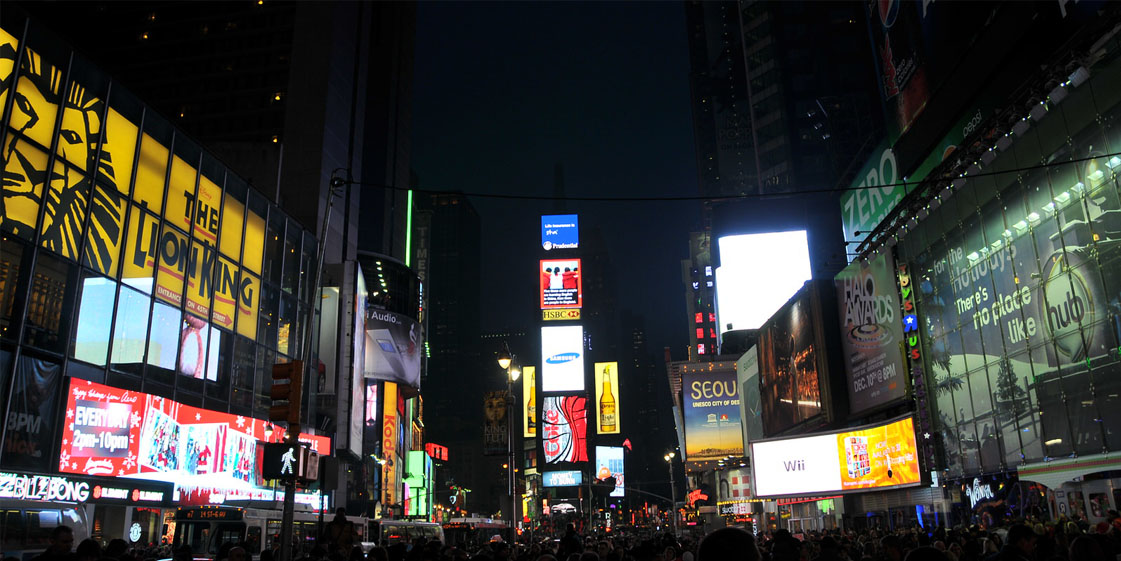The biggest retail show on earth just opened its doors in New York. The NRF 2018 is the ideal place to observe market trends in the retail sector (professional shows in general are very good places to start market research: see also the example of SIAL in the food sector).
This year one interesting innovation caught our eyes : smart shelves enabling personalized pricing
Smart shelves for dynamic pricing
We already discussed adaptive pricing (or “dynamic pricing“) mechanisms in the retail sector and mentioned an experiment that had been carried out by B&Q in the UK. Dynamic pricing seemed to us like a distant technological perspective. This was without counting the Smart Shelf presented by AWM.
The smart shelves are equipped with an array of technological features to capture the shoppers’ attention, monitor inventory and allow fast replenishment, but also to carry face recognition and analyze shoppers’ demographics (age, gender, enthnicity). The description provided on AWM website describes the technology as
“Utiliz[ing] computer vision with machine learning to anonymously capture a wide range of data on shoppers without requiring them to manually provide any data. In addition to reporting and analytics, enables triggering of content based on demographic criteria like age, gender, and ethnicity. To protect consumer privacy, data is not tied to any personally-identifiable information. Access to raw data is enabled for deep learning and big data analysis.”
As you can see the use case for dynamic pricing is pretty different from the B&Q case. At B&Q dynamic pricing was linked to the customers’ smartphone whereas in the AWM case dymanic pricing may be leveraged based on demographics.
Dynamic displays will allow for better space monetization
The LED displays are dynamic and attract customer attention. This is crucial in a retail environment to drives sales up. But it will only work if few shelves of this type are available in the store. Can you indeed imagine a store where all shelves would be equipped with LED displays ? You’d probably get a “Time Square” feeling and immediately walk away. Our prediction is that retailers will use such shelves to promote products temporarily and better monetize shelf space.
Algorithms-powered shelves
AWM cleverly uses “from the shelves” algorithms (pun intended) to make its shelves smarter.
Build-in cameras can not only conduct facial recognition but also recognize products and detect shortages. This is crucial in the retail environment and may trigger automated replenishment and ordering in the background. We still need to understand though how it works with products that are at the bottom or in the middle of the shelf.
The dynamic pricing is also clever but we still question how it works when alleys are crowded and several shoppers are in front of the shelf.
Posted in big data, Innovation.
